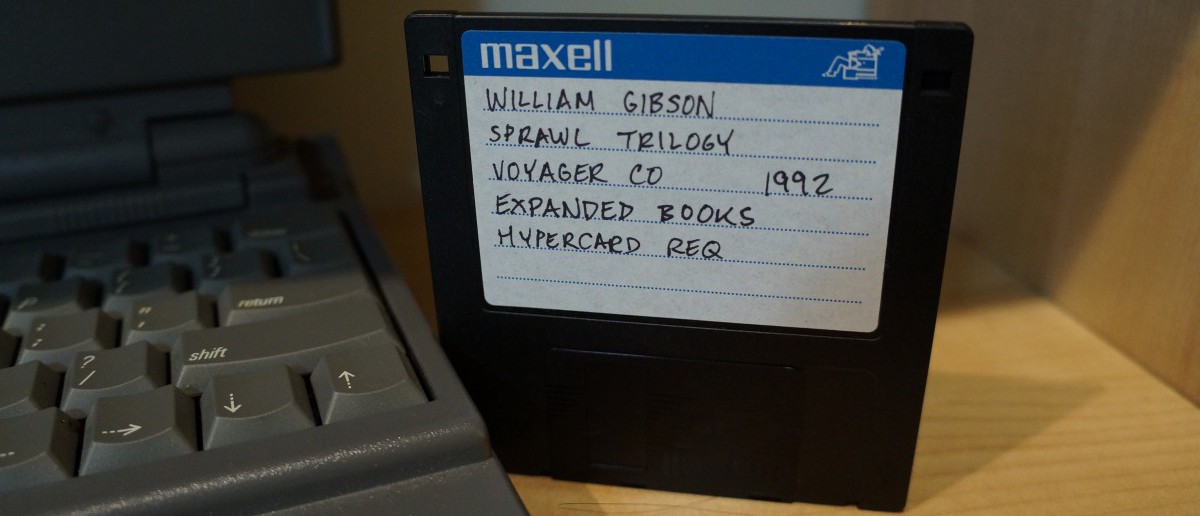Download the Project 4 assignment sheet from here (ellis-jason-eng3760-project04), or read below.
ENG3760 Digital Storytelling Project 4
Dr. Jason W. Ellis
For your fourth project in ENG3760 Digital Storytelling, you will have an opportunity to plan, design, and execute an HTML-based training module that tells a fictional story and supports coping with/learning how to deal with the topic of your Project 3 podcast episode.
In your previous project, you created a podcast episode for the class’ podcast series. For this project, you will focus on your individual episode’s topic, for example: fear of public speaking or fear of being a leader, and build a branching, fictional story that serves as a training module meant to teach the user how to deal with the topic or overcome their fear of the topic. You will build your fictional digital story manually using basic HTML. WYSIWYG HTML editors are not permitted for use in completing this assignment.
As with our previous project, remember to consider your audience, how your audience will engage your composition, and how best to use the affordances and constraints of that medium to tell the story that you have to tell. Due to limitations of the class, your HTML training module should have at least three choice-based pages with at least three possible choices on each of those pages (one choice should move the story’s narrative forward, and the others can loop back, lead to a dead end, etc.). Your story should combine writing, images of your own creation, and the other affordances of HTML.
Let’s break down the assignment into smaller modules that reveal a methodical process of composition that will help you create the most effective digital story. To do this, the list below contains the deliverables that are due for this assignment:
- Planning: We will practice with HTML during class before planning your digital storytelling works, because it is useful in this case for you to consider in reverse how this digital storytelling media gives you certain affordances and constraints that you might not know as well as in the previous media used in the class. Then, you will spend time brainstorming what kind of fictional story you would like to tell using the interactive, hypertext media. Write a memo briefly describing two possible fictional stories that you can leverage as a training module, and conclude it with an explanation of the story you have selected and why you have selected it. (in-class Mar 30)
- Details: Taking your selected story idea, expand it into a story treatment. This is your story written out in prose form. It should describe the characters, settings, plot, and choices available to the user/protagonist. Think of this as the short story version of the interactive story that you will be creating. This document will help you plan the structure of your digital story in the next step. (in-class Apr 4)
- Structure: With your story treatment in hand, you will use Dia (portable apps) or Microsoft Visio to create a flow chart for your interactive story. Your flow chart will illustrate each page and choice/path your user follows through your work of digital
storytelling. Include notes on your flowchart that help you create your interactive story. Use the flowchart to define each HTML page you will need to create and each link/choice you need to define in those HTML pages. (in-class Apr 6)
- Execution: During class, you will create your HTML-based digital story. Bring all of your supporting documents and images that you have taken to use in the project. We will work together to build and test your HTML-based digital story. When your project is complete, we will find a free, static web host for you to host your digital story online. This will give you a public link to the story, which you can link to in your archive of the assignment. (in-class Apr 11 and 13)
- Archiving: Create a blog post on our OpenLab site with your digital story’s title and your byline (for example: Learn How to Overcome Your Fear of Watercoolers in the Workplace by Jason W. Ellis). In the body of your post, write a 100-150 word description of your training module and what it will help the user accomplish/learn. Add a link to your digital story hosted on an external web host. Follow those things by a horizontal line and a 250-word reflection on your process of composition, the audiences you created your HTML-based story for, and how this storytelling medium relates to those we have used previously. Publish your blog post to complete the assignment. We will play through each story during class and leave feedback on one another’s projects in the comments. (due before class on Apr 18)



